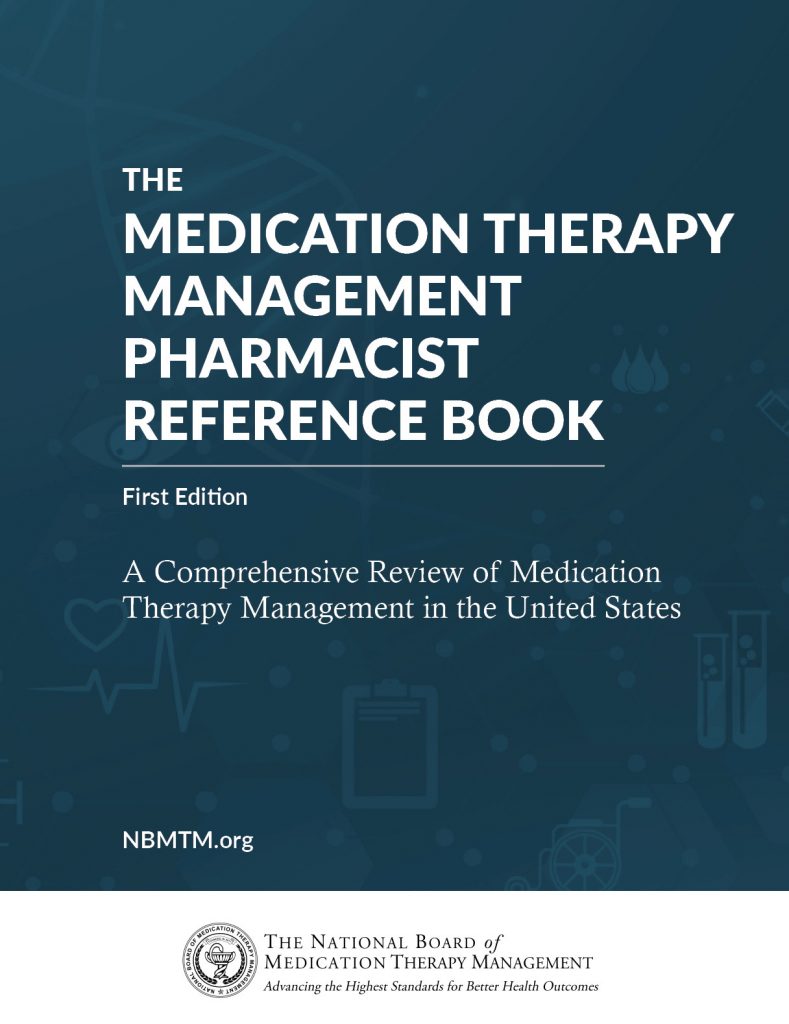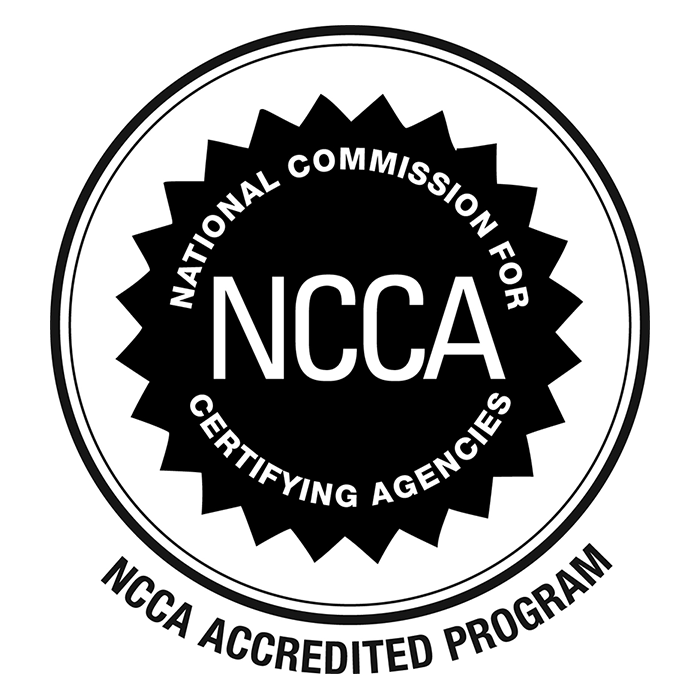
Chapter 3: Transition of Care, MTM, and Ambulatory Care
Pharmacists and other healthcare professionals that manage medications have essential roles to play by utilizing MTM in the care settings of Transition of Care (TOC) and ambulatory care. MTM is a tool that can be applied to these settings to improve patient outcomes. MTM helps to improve the transfer of accurate information while increasing patient understanding of new medications through meaningful patient education.
Transition of Care (TOC)
CMS defines TOC according to meaningful use criteria:1
The movement of a patient from one setting of care (hospital, ambulatory primary care practice, ambulatory specialty care practice, long-term care, home health, rehabilitation facility) to another.
During the transition from one setting to another, information must be passed between institutions. Since providers within each institution are making changes to the medical record, the wholesale transfer of information helps to ensure better clinical outcomes. Errors may occur because of communication break-down between providers, missed patient follow-up, incomplete medication reconciliation, poor patient education, lack of shared accountability, and failure to involve the patient in the TOC process.2,3
The Joint Commission has identified several evidence-based models intended to improve patient outcomes, including Care Transitions Intervention (CTI), Transitional Care Model (TCM), Better Outcomes for Older Adults through Safe Transitions (BOOST), The Bridge Model Guided Care, Geriatric Resources for Assessment and Care of Elders (GRACE), and Project RED (Re-engineered Discharge).4
MTM within TOC
Pharmacists can implement different initiatives to improve TOC outcomes, including MTM, medication reconciliation, and patient education.2 MTM is one of the many tools to help facilitate better outcomes. Since a core element of MTM is understandable and accurate documentation, pharmacists are in a position to ensure continuity of the medication list, an integral piece of the care puzzle.
MTM has been incorporated into TOC in various ways. Hennepin County Medical Center in Minneapolis, Minnesota, has its pharmacists complete medication reconciliation at discharge and then a follow-up appointment 5-7 days later for MTM.5 At the MTM appointment, the pharmacist emphasizes medications that were initiated or discontinued during the hospitalization. At the University of Utah hospitals and clinics, MTM pharmacists receive a daily e-mail list of all discharged patients. Pharmacists then review the patients’ discharge records, verify follow-up appointments, and schedule phone appointments as needed to address patient concerns.5 Johns Hopkins Medicine leverages their inpatient pharmacy team to identify patients that would benefit from post-discharge phone calls or MTM appointments.5
Ambulatory care
Ambulatory care (I.E., outpatient care) involves the treatment of patients outside of the hospital. Ambulatory care may happen in the setting of physician offices, ambulatory surgical centers, specialty clinics, urgent care clinics, or hospital outpatient centers.6
Since 2008, ambulatory care pharmacy has been recognized by the Board of Pharmacy Specialties (BPS) and is defined as7:
Integrated, accessible healthcare services for ambulatory patients in a wide variety of settings, including community pharmacies, clinics and physician offices. The [Board Certified Ambulatory Care Pharmacist] BCACP provides patient care, develops sustained partnerships with ambulatory patients and other healthcare providers in the context of family and community; and integrates care of both acute illnesses and chronic conditions.
BCACPs typically participate in long-term and direct patient care that may include appointment-based visits. They help to cover care-gaps between provider visits by checking vitals, monitoring medication adherence, and refilling prescriptions under a CPA. However, not all pharmacists that practice in the ambulatory care setting practice with board certification.
While board certification is one pathway into ambulatory care, pharmacists may integrate into ambulatory care in other ways. Retail pharmacies that operate out of physician offices may position themselves to offer ambulatory care services in addition to dispensing.
Ambulatory care pharmacists can provide the following services:7,8,9
- Care coordination
- Chronic disease state management
- Comprehensive medication management
- Drug information
- Healthcare provider education
- Immunization screenings and administration
- Medication reconciliation
- Medication Therapy Management (MTM)
- Ordering, interpreting, and monitoring laboratory tests
- Patient education and counseling
- Preventative care or wellness screenings
- Prospective or retrospective chart reviews
- Refill authorization
- Research & clinical trials
- Shared visits with other healthcare providers
- Transitions of Care
Common disease states managed by pharmacists in the ambulatory care setting include hypertension, heart failure, asthma, chronic obstructive pulmonary disease (COPD), diabetes, and anticoagulation.9 Specialty clinics may incorporate ambulatory pharmacists to treat hepatitis C virus, human immunodeficiency virus, chronic kidney disease, oncology, and psychiatric disorders.9
MTM within Ambulatory Care
Some challenges that community pharmacists face while performing MTM is a lack of access to patient medical records and inconsistent communication with the rest of the healthcare team.9 In contrast, ambulatory care pharmacists are likely to have a level of access to EHRs that is similar to hospital pharmacists. Ambulatory care pharmacists are well-placed to provide a comprehensive MTM service that may or may not include CMM, depending on whether they work under a CPA or not.
Ambulatory care pharmacists also help combat some of the emerging criticisms of MTM service, including being drug-focused rather than clinically-focused, misalignment with clinical goals, removal of the process from the rest of the care team, and a payment model poorly aligned to the workflow of a traditional pharmacy.10 Ambulatory care pharmacists are necessarily both drug- and clinically-focused and integrated into the healthcare team. They can then communicate findings or interventions to other providers with whom they work closely.
Ambulatory care pharmacists can also facilitate TOC appointments for patients with a recent hospital discharge. A comprehensive TOC appointment should include MTM.
For billing, Ambulatory care pharmacists can utilize different reimbursement models that include incident-to billing or Current Procedural Terminology (CPT) codes for MTM.
- CMS. (2014). Eligible professional meaningful use menu set measures measure 7 of 9. https://www.cms.gov/Regulations-and-Guidance/Legislation/EHRIncentivePrograms/downloads/8_Transition_of_Care_Summary.pdf
[↩] - Kristeller, J. (2014). Transition of Care: Pharmacist help needed. Hospital Pharmacy, 49(3), 215–216. https://doi.org/10.1310/hpj4903-215
[↩] [↩] - Jencks, S. F., Williams, M. V., & Coleman, E. A. (2009). Rehospitalizations among patients in the Medicare Fee-for-Service Program. New England Journal of Medicine, 360(14), 1418–1428. https://doi.org/10.1056/nejmsa0803563
[↩] - The Joint Commission. (2012). Transitions of Care: The need for a more effective approach to continuing patient care. https://www.jointcommission.org/-/media/deprecated-unorganized/imported-assets/tjc/ system-folders/topics-library/ hot_topics_transitions_of_carepdf.pdf? db=web&hash= CEFB254D5EC36E4FFE30ABB20A5550E0
[↩] - Reilly, C., Mehta, S., Ingram, J., Scheckelhoff, D., Owen, J., & Burns, A. L. (2013). ASHP-APhA medication management in care transitions best practices. https://www.ashp.org/-/media/assets/pharmacy-practice/resource-centers/quality-improvement/learn-about-quality-improvement-medication-management-care-transitions.ashx
[↩] [↩] [↩] - Medpac. (2019). Ambulatory care settings. Medpac.Gov. http://www.medpac.gov/-research-areas-/ambulatory-care-settings
[↩] - Board of Pharmacy Specialties. (2019). Ambulatory care pharmacy. Board of Pharmacy Specialties. https://www.bpsweb.org/bps-specialties/ambulatory-care/#1517761118361-6c02bae3-f5a01517779729021
[↩] [↩] - Carmichael, J. M., & Hall, D. L. (2015). Evolution of ambulatory care pharmacy practice in the past 50 years. American Journal of Health-System Pharmacy, 72(23), 2087–2091. https://doi.org/10.2146/ajhp150627
[↩] - Jun, J. K. (2017). The role of pharmacy through Collaborative Practice in an ambulatory care clinic. American Journal of Lifestyle Medicine, 13(3), 275–281. https://doi.org/10.1177/1559827617691721
[↩] [↩] [↩] [↩] - Butler, A., Dehner, M., Gates, R. J., Shane, P., Chu, M., DeMartini, L., Stebbins, M., Núñez de Ybarra, J., Peck, C., McInnis, T., & Chen, S. (2017). Comprehensive Medication Management programs: 2015 status in southern California. Research in Social and Administrative Pharmacy, 13(1), 63–87. https://doi.org/10.1016/j.sapharm.2016.02.003
[↩]



